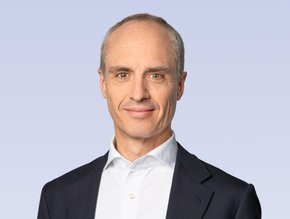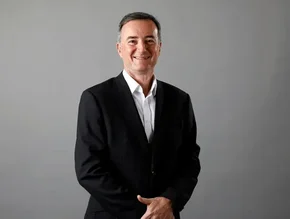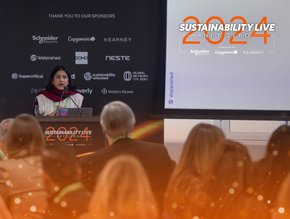IEA Report: Clean energy progress is still far too slow

As COP26 approaches, the International Energy Agency (IEA) has published its new World Energy Outlook (WEO), which suggests that clean energy progress is still far too slow to put global emissions into sustained decline towards net zero, highlighting the need for an unmistakeable signal of ambition and action from governments in Glasgow.
Policymakers are currently contending with the impacts of both climate change and volatile energy markets and the World Energy Outlook 2021 (WEO-2021) is designed as a handbook for the COP26 Climate Change Conference.
A commitment to a cleaner future
The new analysis delivers warnings about the direction in which today’s policy settings are taking the world. But it also provides an analysis of how to move in a well-managed way towards a pathway that would have a good chance of limiting global warming to 1.5 °C and avoiding the worst effects of climate change.
The WEO-2021, the IEA’s annual flagship publication, shows that even as deployments of solar and wind go from strength to strength, the world’s consumption of coal is growing strongly this year, pushing carbon dioxide (CO2) emissions towards their second largest annual increase in history.
“The world’s hugely encouraging clean energy momentum is running up against the stubborn incumbency of fossil fuels in our energy systems,” said Fatih Birol, the IEA Executive Director. “Governments need to resolve this at COP26 by giving a clear and unmistakeable signal that they are committed to rapidly scaling up the clean and resilient technologies of the future. The social and economic benefits of accelerating clean energy transitions are huge, and the costs of inaction are immense.”
Energy markets
According to the report, insufficient investment is contributing to uncertainty over the future. Spending on oil and natural gas has been depressed by price collapses in 2014-15 and again in 2020. As a result, it is geared towards a world of stagnant or even falling demand. At the same time, spending on clean energy transitions is far below what would be required to meet future needs in a sustainable way.
“There is a looming risk of more turbulence for global energy markets,” Dr Birol said. “We are not investing enough to meet future energy needs, and the uncertainties are setting the stage for a volatile period ahead. The way to address this mismatch is clear – a major boost in clean energy investment, across all technologies and all markets. But this needs to happen quickly.”
The report stresses that the extra investment to reach net-zero by 2050 is less burdensome than it might appear. More than 40% of the required emissions reductions would come from measures that pay for themselves, such as improving efficiency, limiting gas leakage, or installing wind or solar in places where they are now the most competitive electricity generation technologies.






